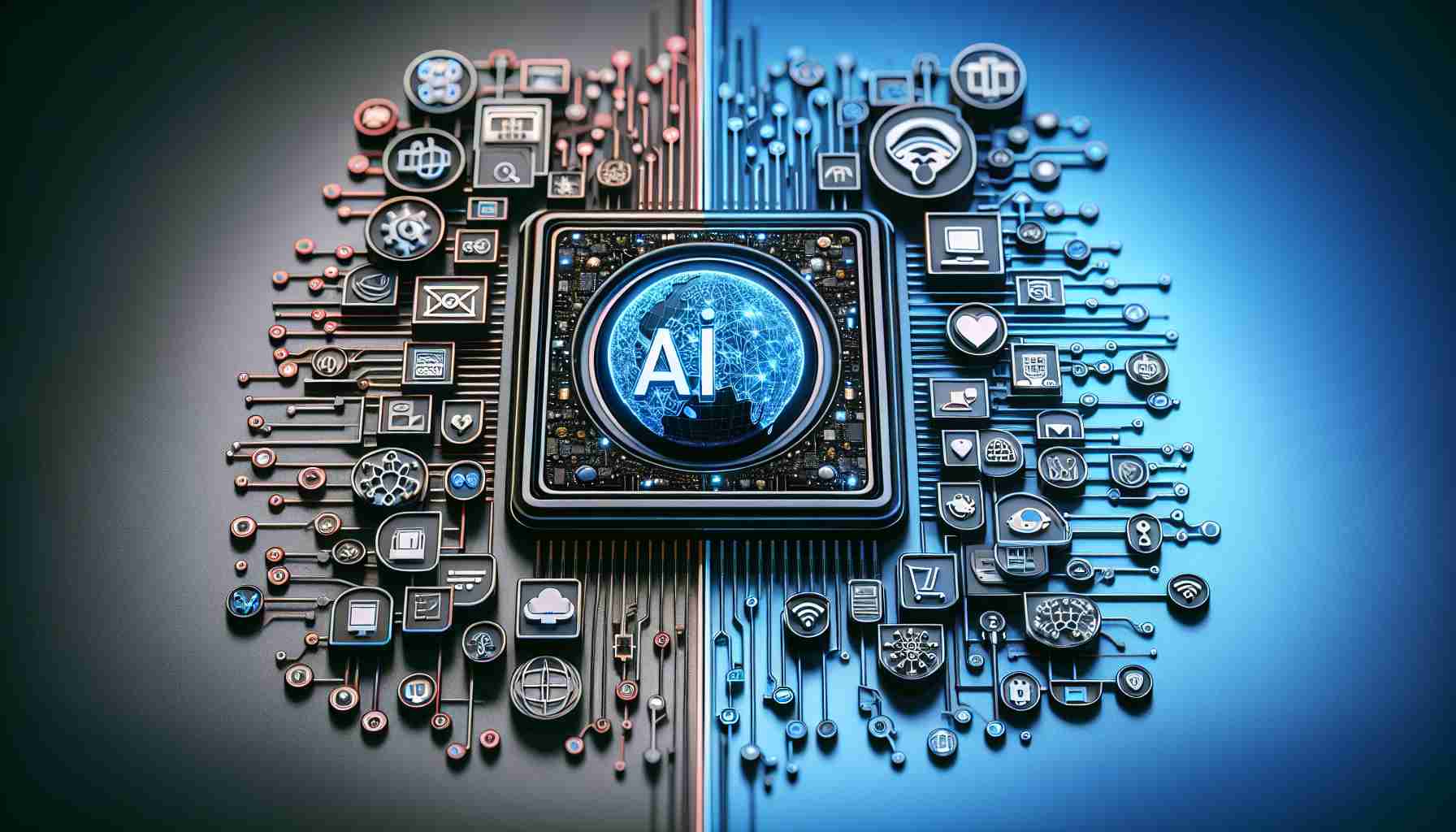In the ever-evolving landscape of societal norms and political jousting, one topic that has consistently fueled debate is the realm of gender inclusivity.
As various factions engage in passionate discussions about the balance between inclusivity and tradition, some individuals believe that a harmonious middle ground must be achieved.
Notably, recent controversies have muddied the waters, with conflicting opinions regarding the participation of transgender individuals in sports competitions and public spaces.
While some argue for strict boundaries, others advocate for a more open-minded outlook that respects personal identities and choices.
Looking beyond the political rhetoric, it becomes evident that the discourse on gender inclusivity extends far beyond mere policy debates.
At its core, this issue speaks to the fundamental values and principles that shape our society.
Amidst the cacophony of differing viewpoints, it is essential to remember the importance of empathy, understanding, and mutual respect in navigating these complex conversations.
Ultimately, the path to a more inclusive society requires thoughtful dialogue, genuine compassion, and a commitment to upholding the dignity of all individuals.
Exploring Deeper: Unveiling Key Questions and Controversies on Gender Inclusivity
In the realm of gender inclusivity, essential questions emerge that shape the ongoing dialogue on this crucial topic. To understand the challenges and triumphs in the world of gender inclusivity, it is vital to delve into these inquiries and controversies that spark thought-provoking discussions.
1. What role does intersectionality play in the fight for gender inclusivity?
Answer: Intersectionality emphasizes the interconnected nature of social categorizations such as race, gender, and class, highlighting the complex ways in which individuals may experience oppression or privilege. Understanding intersectionality is crucial for addressing the diverse needs and perspectives within the gender inclusivity movement.
2. How do cultural norms and religious beliefs impact attitudes towards gender inclusivity?
Answer: Cultural norms and religious beliefs often influence societal perceptions of gender roles and identities. Navigating these influences is a significant challenge, as differing cultural contexts may shape attitudes towards inclusivity in varied ways.
3. What are the advantages and disadvantages of implementing gender-neutral policies?
Advantages: Gender-neutral policies promote inclusivity and create a more welcoming environment for individuals of all gender identities. They can help challenge traditional norms and foster a sense of acceptance and diversity.
Disadvantages: Some may argue that gender-neutral policies overlook the unique challenges faced by specific gender groups. Implementation may also face resistance from those entrenched in traditional gender roles.
4. How can businesses and organizations foster gender inclusivity in the workplace?
Answer: Promoting gender inclusivity in the workplace involves creating policies that support equal opportunities, providing education on diversity and inclusion, and fostering a culture of respect and acceptance. Challenges may arise in addressing systemic biases and ensuring inclusivity at all levels of the organization.
5. What impact does media representation have on perceptions of gender inclusivity?
Answer: Media representation plays a significant role in shaping societal attitudes towards gender inclusivity. Positive and diverse portrayals of gender identities can challenge stereotypes and promote acceptance. However, negative or stereotypical representations can perpetuate harmful biases and hinder progress towards inclusivity.
To further explore the complexities of gender inclusivity and gain insights into the latest developments in this field, visit Human Rights Watch, an organization dedicated to promoting and protecting human rights worldwide. By engaging with a diverse range of perspectives and resources, we can continue to advance discussions on gender inclusivity and work towards a more inclusive and equitable society.









